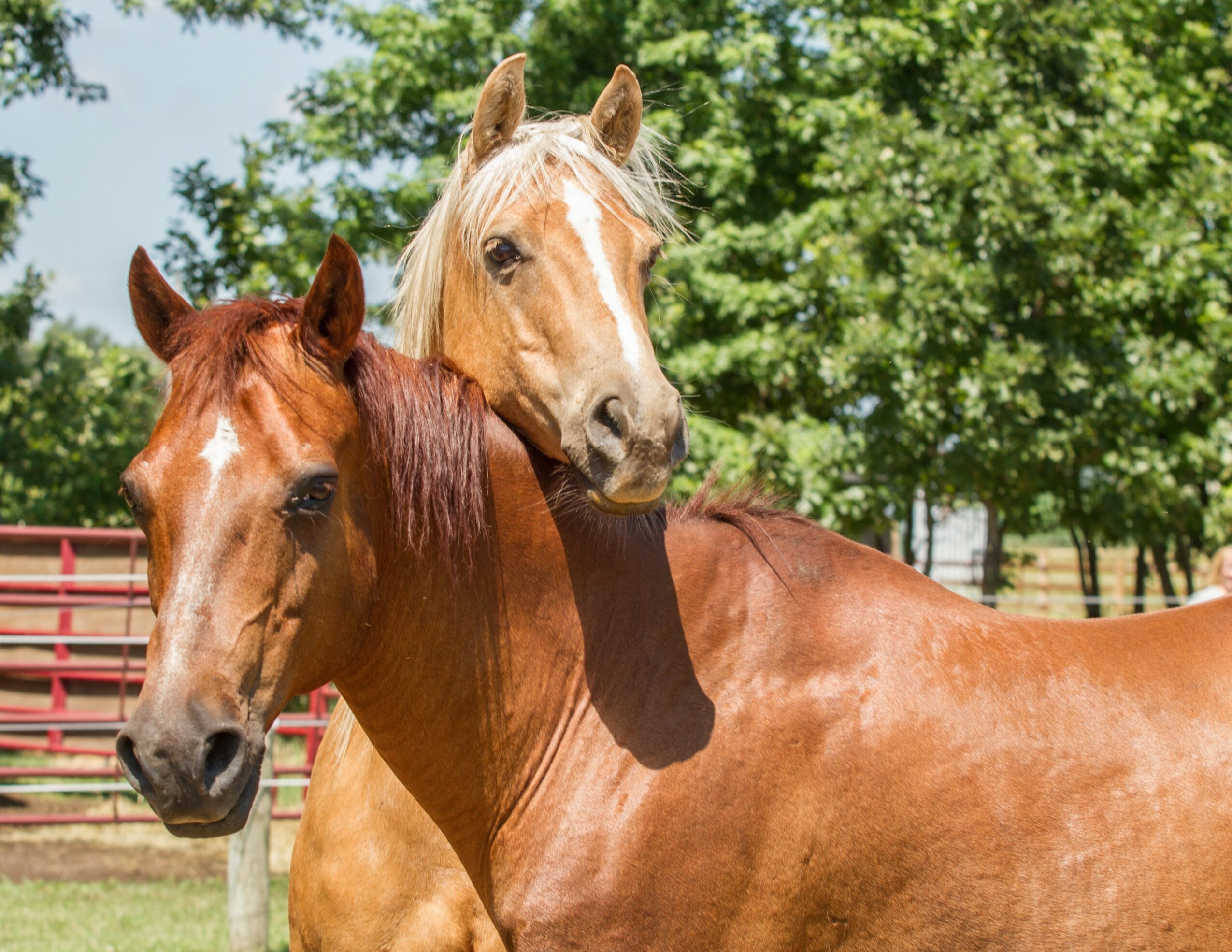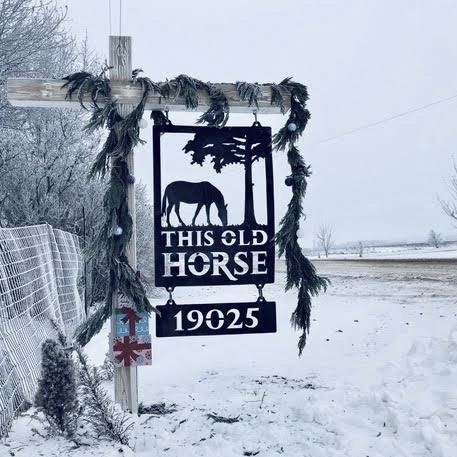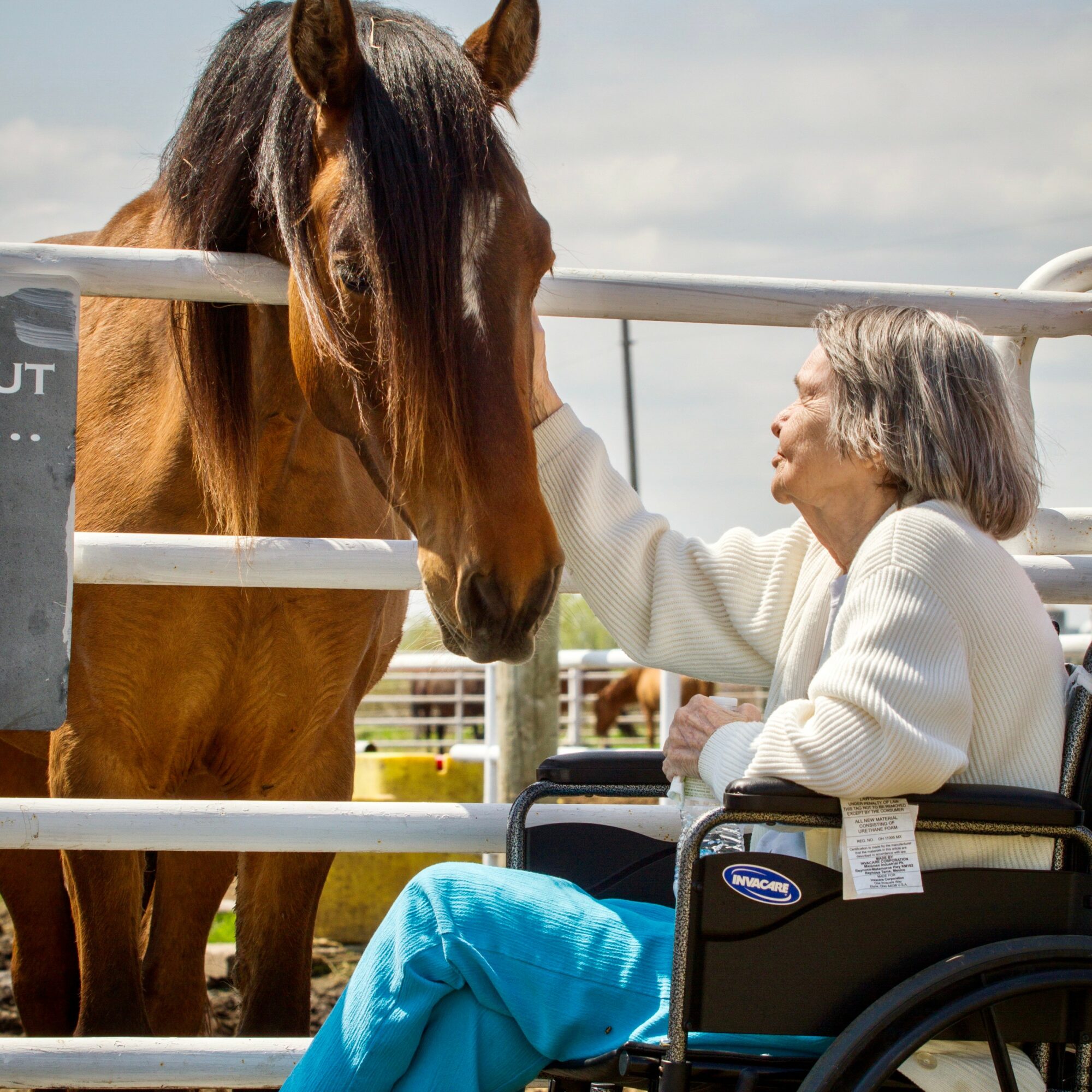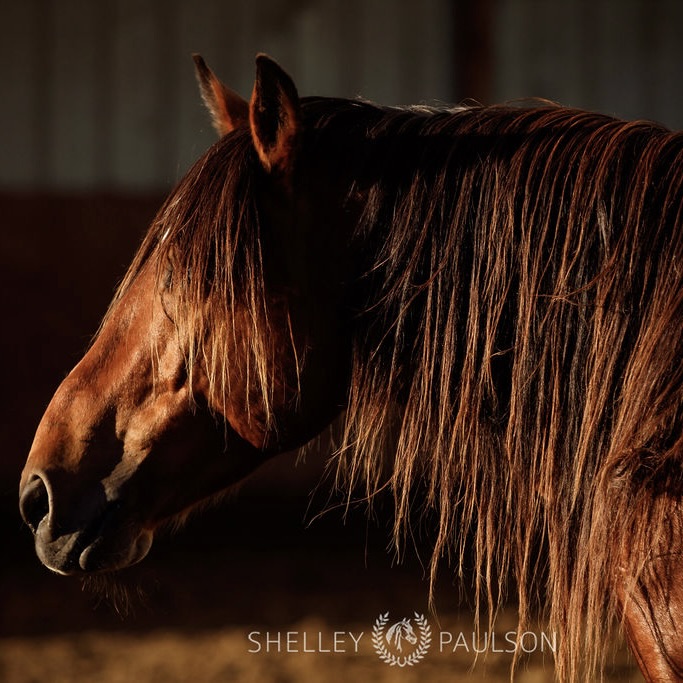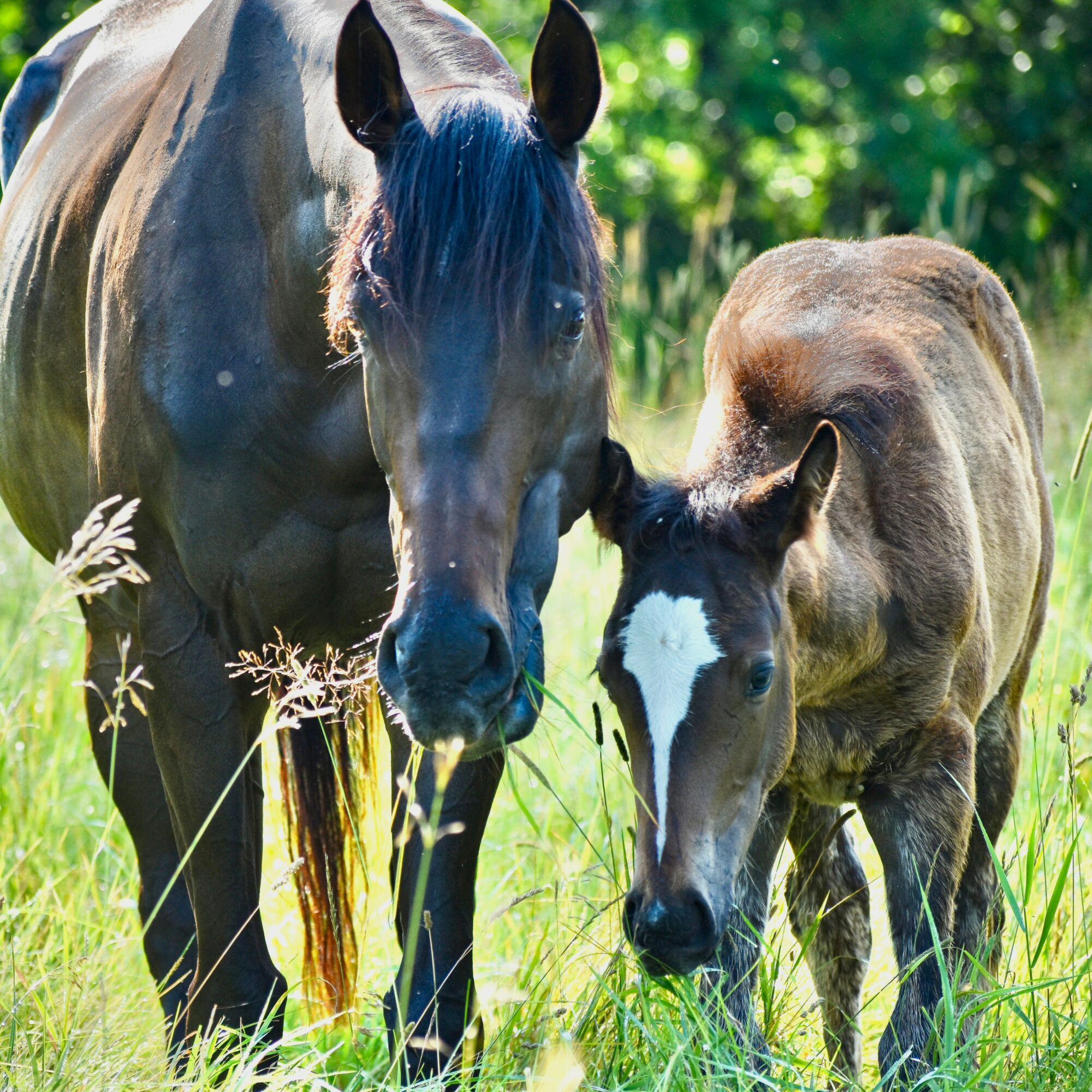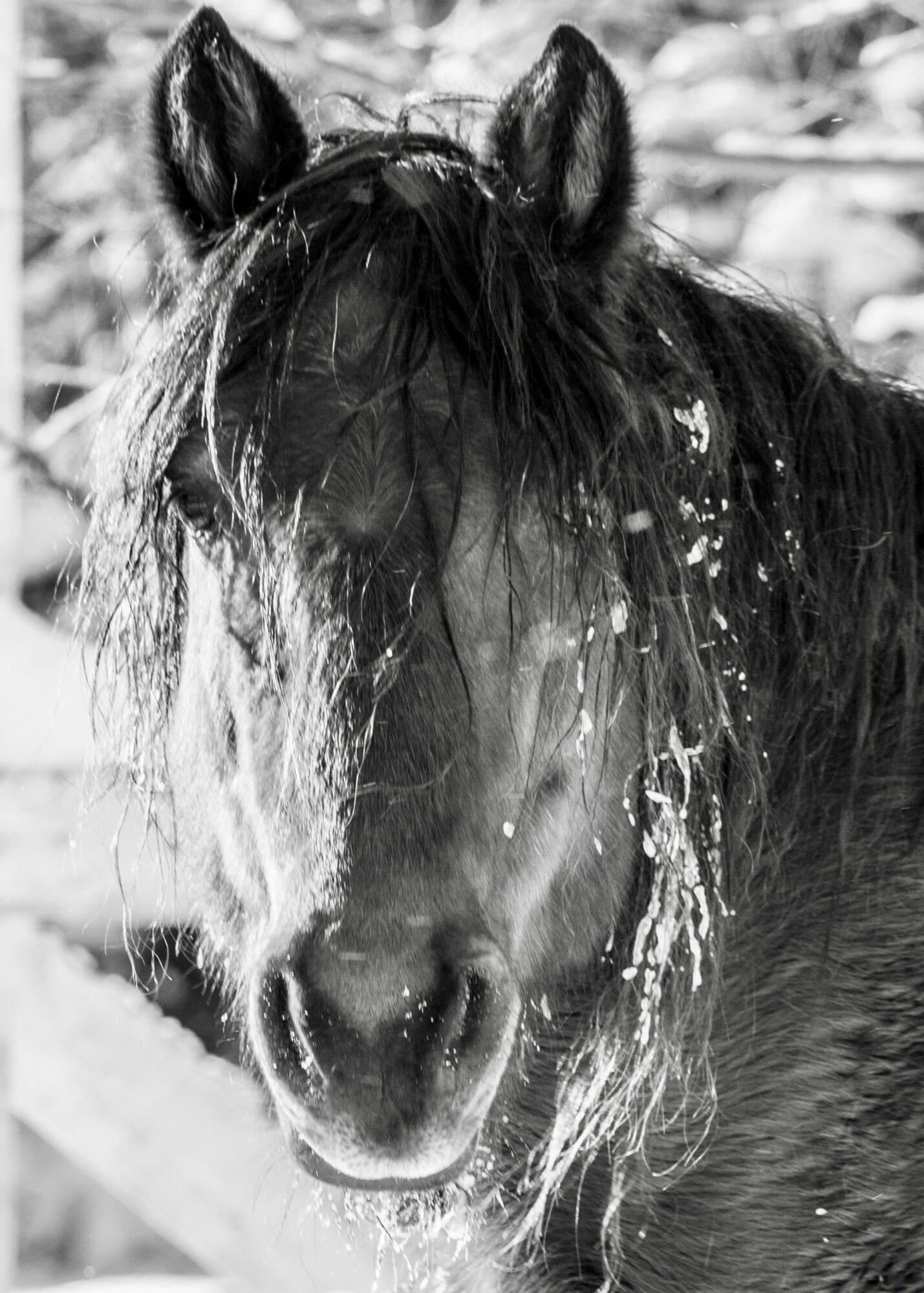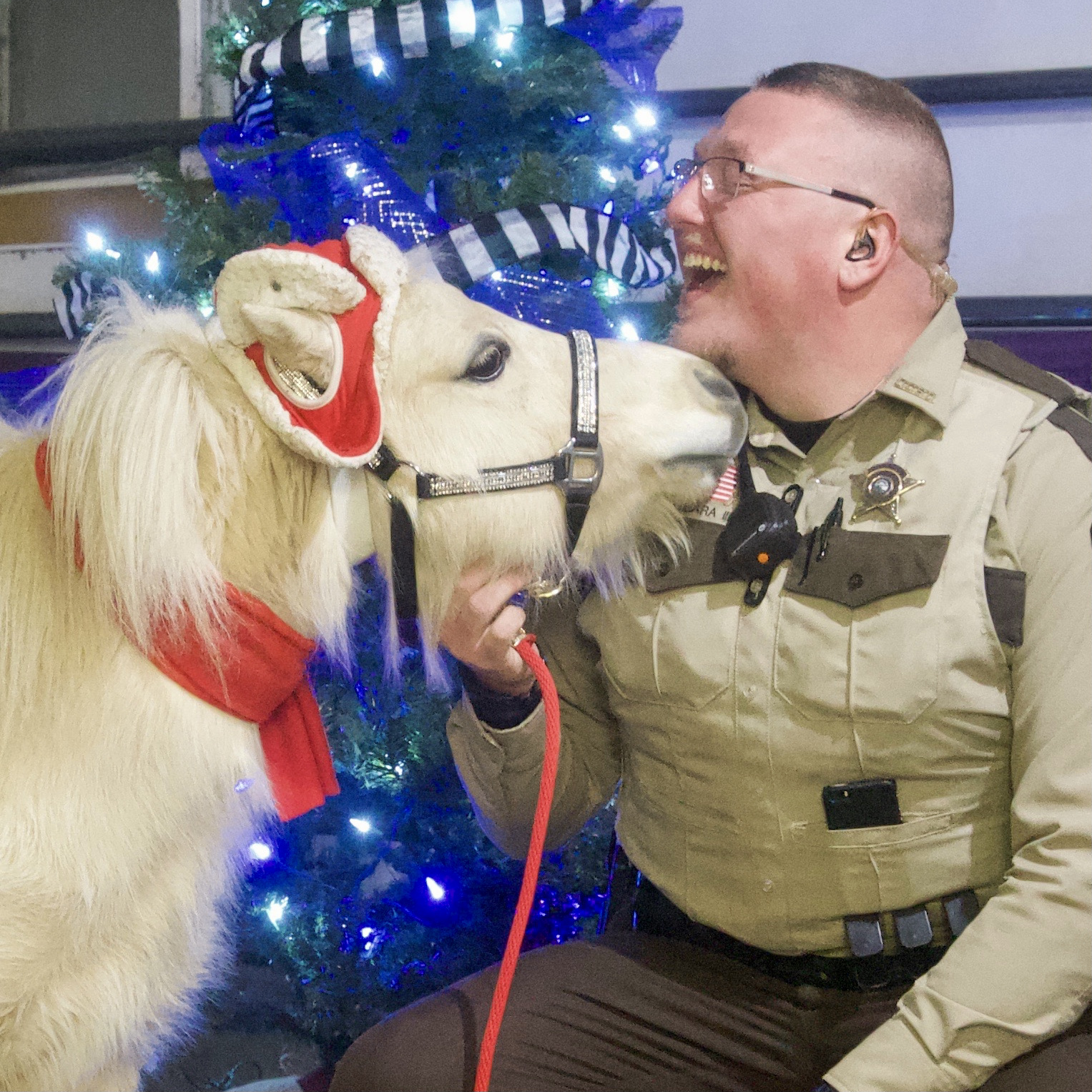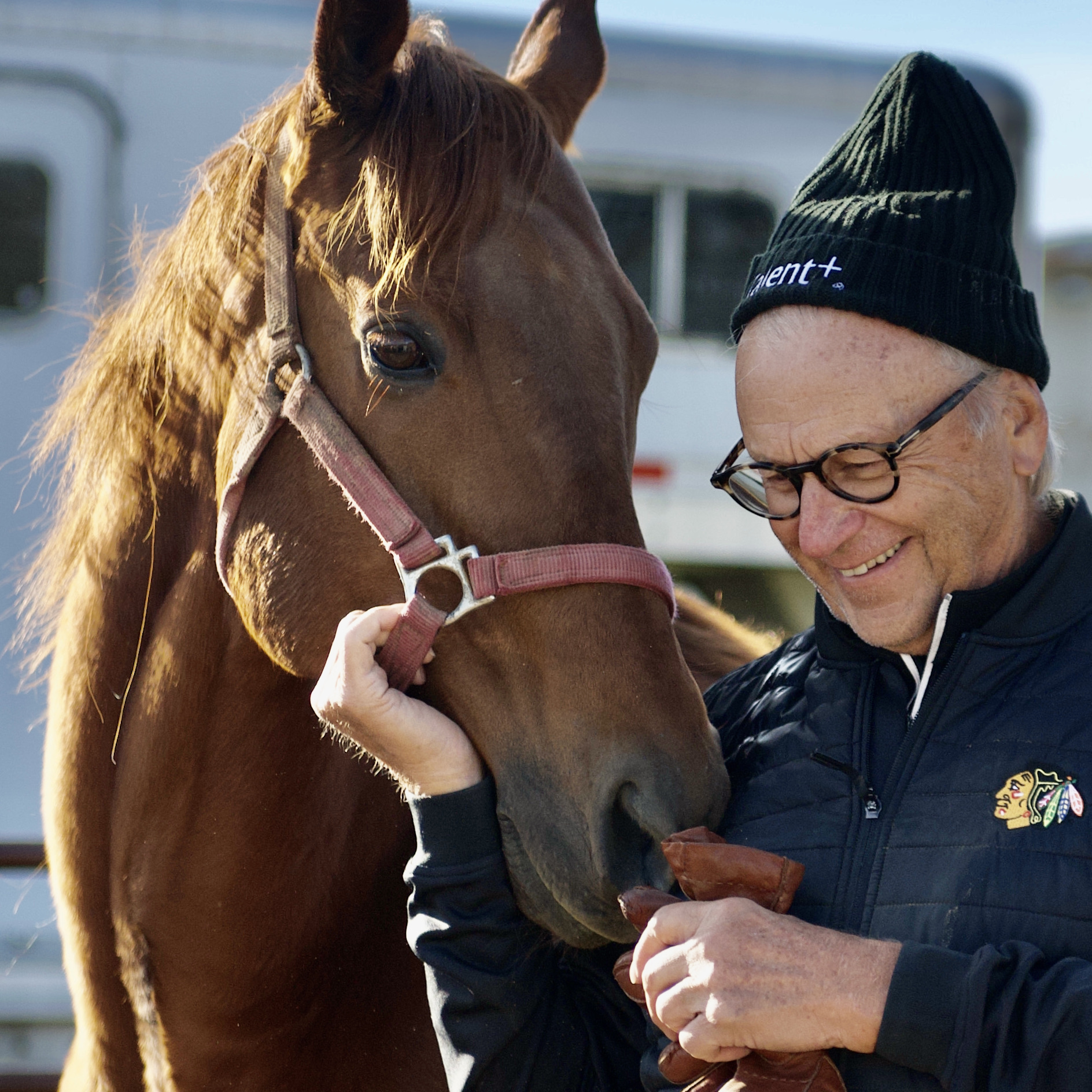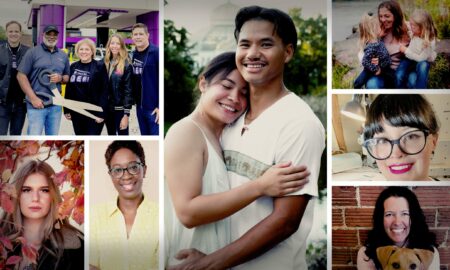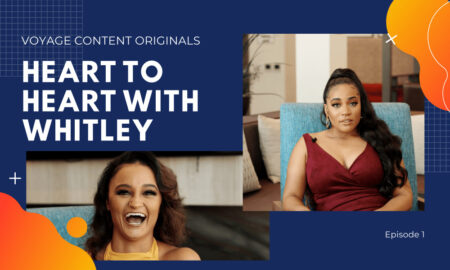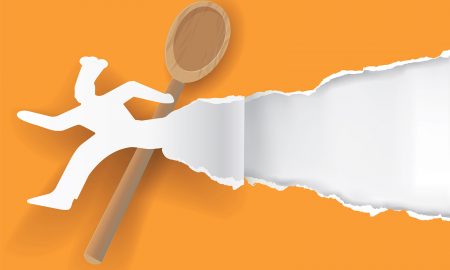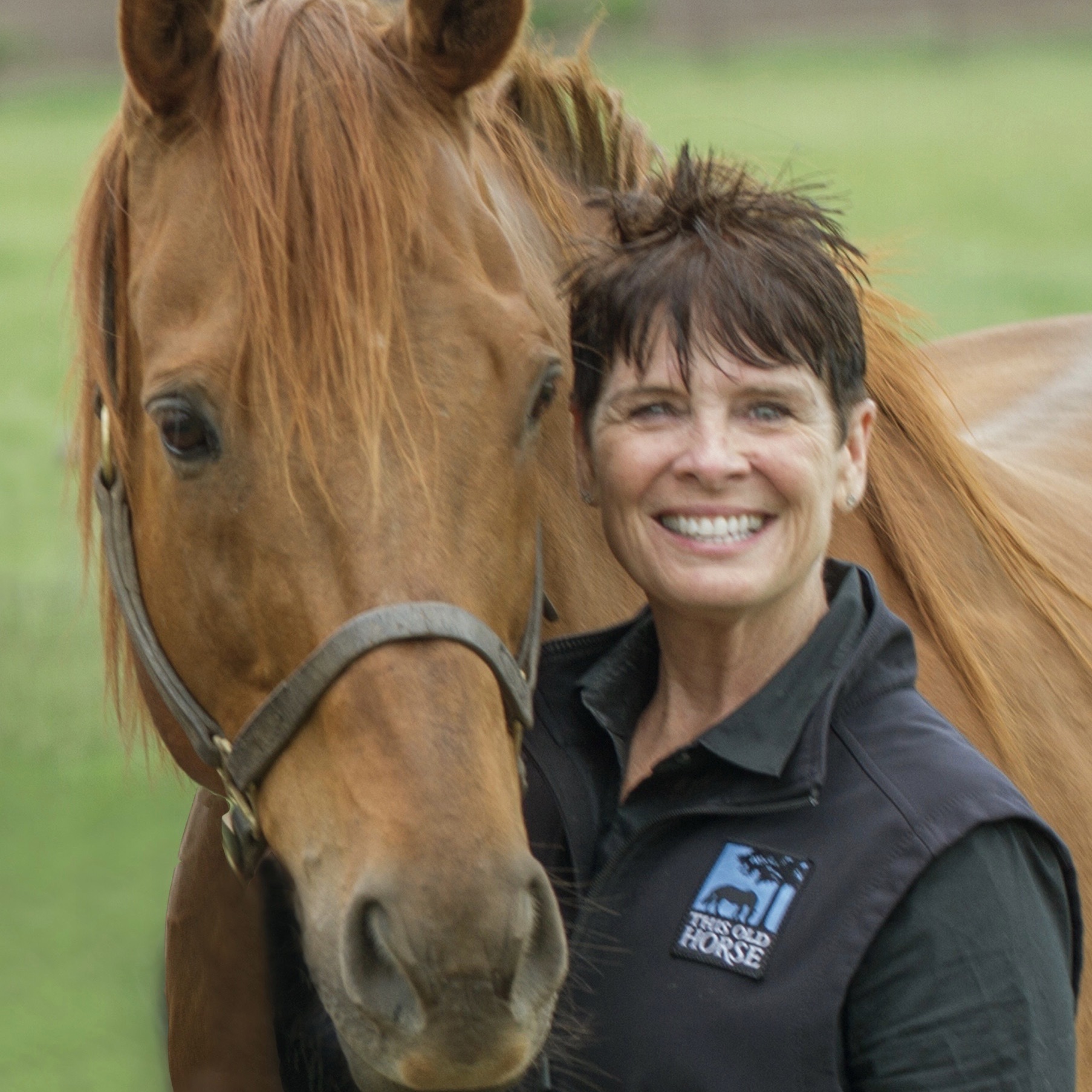

Today we’d like to introduce you to Nancy Turner
Hi Nancy, thanks for joining us today. We’d love for you to start by introducing yourself.
Since I was a little girl, I dreamed, wished, longed, and ached for a horse of my own. I was lucky enough to live next to a stable and spent my childhood in the barn, surrounded by horses–by other people’s horses–and worked and learned. I had a life with horses but not my horse. I left for college, and I left the horses behind, but I never lost my longing. I was in my 40s before my dream came true. I bought a lovely Thoroughbred named Jack Bishop. He had been an unremarkable racehorse, but he was my literal dream come true. My next dream, a small horse farm of my own, also came true, and gradually, more horses.
I was gifted two senior horses who retired from their jobs as therapy horses. They had exceptional talent and temperament, and they inspired my imagination to develop a retirement home for older and special-needs horses. Many people, like me, long for a place where they can realize their lifelong wishes of being with horses. Maybe creating a space where horse lovers and horses in need could connect would work!
In 2012, I founded This Old Horse, a non-profit equine welfare organization with the modest goal of helping 12 senior horses being cared for by a small group of compassionate volunteers. I imagined we could raise enough funds to care for them through charitable donations.
Fast-forward to 2025: This Old Horse has helped more than 700 horses and welcomed more than 4,000 volunteers. We have 10 locations and a wide array of foster hosts and adopters throughout Minnesota, Wisconsin, and Iowa. This Old Horse has achieved national accreditation by the Thoroughbred Aftercare Alliance and international accreditation by the Global Federation of Animal Sanctuaries.
We work with wild Mustangs and off-track racehorses, and we have rescued, retired, rehabilitated, and recovered horses of all breeds. We have had five foals born on our property after rescuing their pregnant mothers. Our oldest horses are in their 40s.
This Old Horse is a community, not a place. We welcome, gather, and embrace people and horses seeking support, compassion, and love. Sometimes, your only mode of transportation is a leap of faith.
Can you talk to us a bit about the challenges and lessons you’ve learned along the way. Looking back would you say it’s been easy or smooth in retrospect?
1. All nonprofits rely on charitable donations, and we are under continuous pressure to raise the funds to meet our commitment. When they say, “eats like a horse,” they’re not kidding. Horses are expensive. Most of our expenses are feed, hay, and health care consumed and need to be replenished. So the money we raise this year has to be raised every year. There is a lot of pressure to raise money and dire consequences if we do not.
2. We vow to be there with our horses until the end. This requires us to provide hospice and palliative care to horses, and people may imagine that is the hardest part of our mission. But it is not. It is a gift and privilege to have loved a horse, been there for it to the end, and respectfully mourned its passing.
3. The most challenging part of this mission is when, due to capacity and financial restraints, a horse needs help and we have to decline. When we can’t help a needy horse, the alternative is usually a grim fate for them. And heartbreaking for us.
Appreciate you sharing that. What else should we know about what you do?
This Old Horse is unique in that it specializes in older and special needs horses. We have many blind horses, some deaf and those with physical limitations and endocrine disorders. We can handle complex health and rehabilitation situations better than most equine welfare organizations.
The most exciting moment for me was when we welcomed a severely malnourished horse. They come to us with every bone in their body visible. They are exhausted, defeated, and dull. I look at that horse and get a thrill of hope. “Hang in there there, baby. We’ve got you.” I am certain that one of two things will happen. Within 90 days, that horse will be indistinguishable from any other horse in the barn. They will regain their body condition and their spirit under our loving care. If their condition is due to something other than starvation, they may be too far gone to recover. And if that is their fate, I know with complete certainty that if. these are their last moments on Earth, they will leave the world surrounded by the love and compassion of their This Old Horse family. They will not be alone.
I am proud of that.
Is there any advice you’d like to share with our readers who might just be starting out?
This is a business. Many equine welfare organizations fail because they lack finances and rely heavily on a ‘founder, friends, and family’ fundraising strategy. While that is essential, it is not sustainable.
They say the best way to become a millionaire in the horse business is to start as a billionaire. You must be committed to relentlessly pursuing funding and vigilance about focusing on the business model and mission.
There is constant demand to do more.
Contact Info:
- Website: https://www.thisoldhorse.org
- Instagram: @thisoldhorse
- Facebook: https://www.facebook.com/ThisOldHorse/
